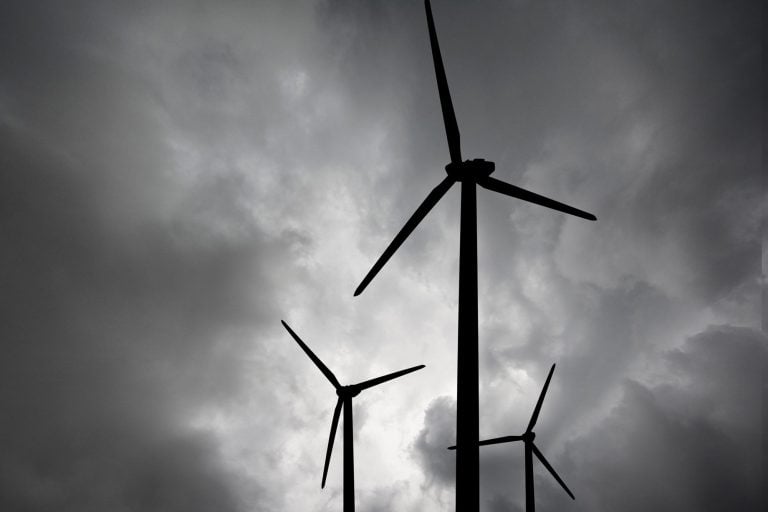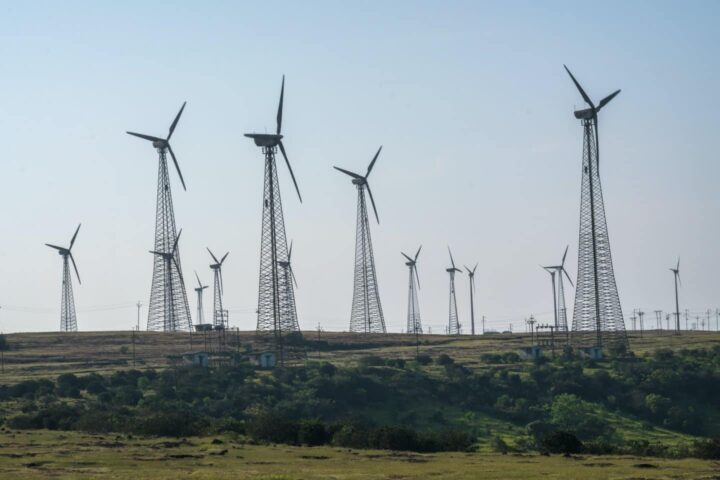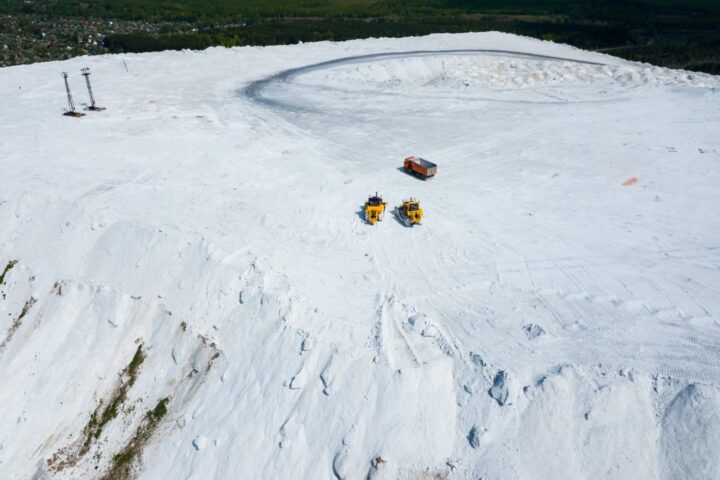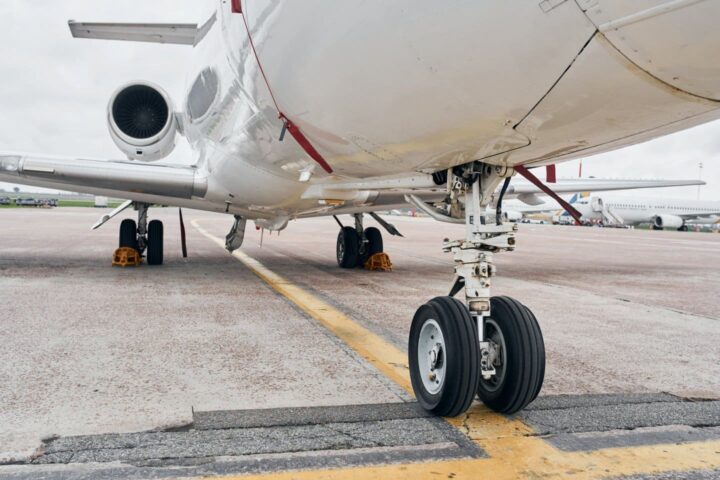The U.S. aims to install 30 gigawatts of offshore wind energy by 2030 and 110 gigawatts by 2050, but to succeed, turbines must withstand tropical storms.
Key Challenges:
- Current wind turbine standards don’t account for extreme weather impacts.
- Better models and data are needed to study storm effects.
- Climate change complicates storm behaviors.
Advances in Storm-Resilient Turbine Design:
- AI-powered modeling for multi-scale storm analysis.
- Deep neural networks for downscaled weather data.
- Machine learning for dynamic storm predictions.
Expert Insights:
“Extreme weather impacts on offshore wind turbines are not fully understood,” says Jiali Wang. “We need advanced models and data to inform design standards.”
The Study:
Researchers reviewed tropical storm observation technology, advanced modeling, and data-driven methods in the Journal of Renewable and Sustainable Energy.
Recommendations:
- Develop storm-resilient turbine designs.
- Implement advanced modeling techniques.
- Integrate data from various technologies.
Source:
- American Institute of Physics
- Journal of Renewable and Sustainable Energy
Related Articles:
- “Storm-Proofing Offshore Wind Energy”
- “The Future of Renewable Energy: Overcoming Challenges”
- “Wind Turbine Innovation for a Sustainable Future”
Share Your Thoughts:
How can the U.S. balance offshore wind expansion with storm resilience? Share your thoughts in the comments below!

















